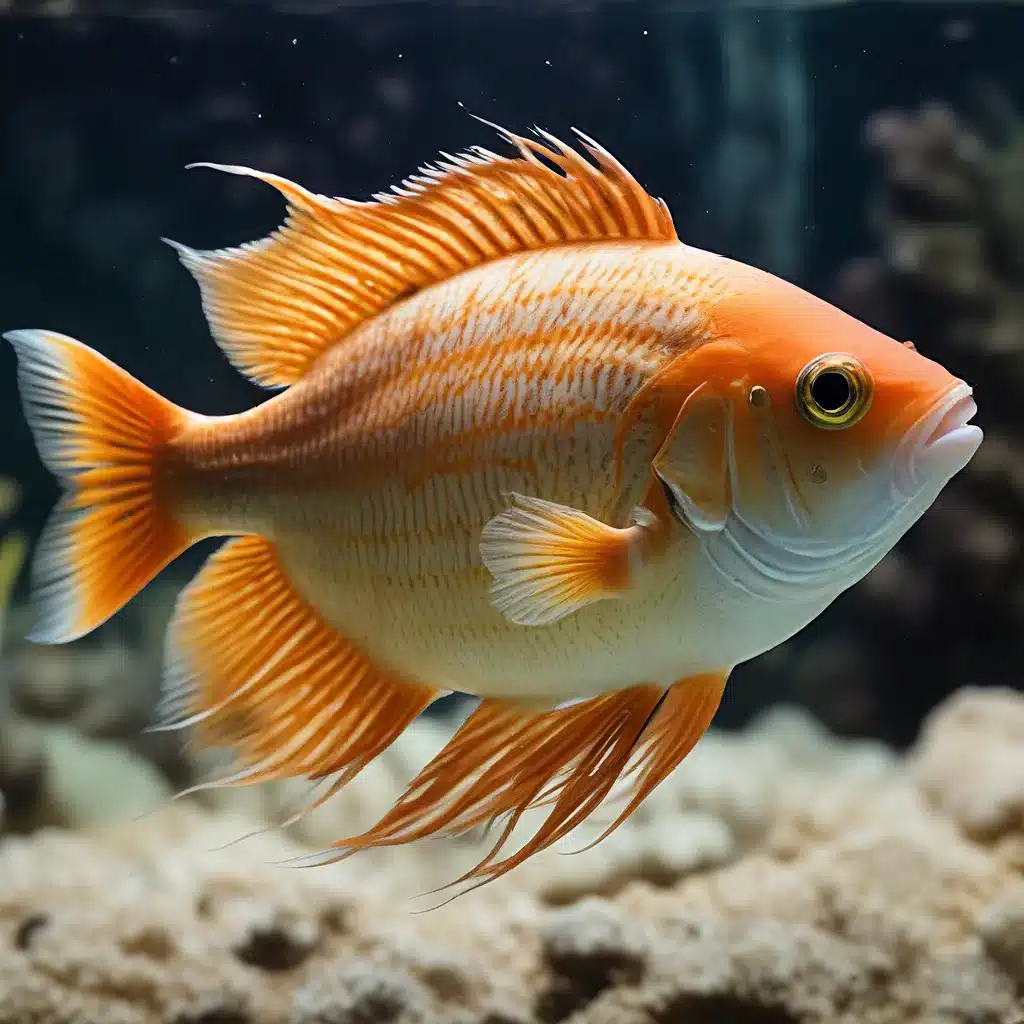
Unlocking the Mysteries of Aquarium Fish Physiology
Aquarium enthusiasts often marvel at the diverse array of fish species that grace our home aquariums. From vibrant neon tetras to the graceful betta, each fish possesses a remarkable set of evolutionary adaptations that allow them to thrive in their natural habitats. Understanding these adaptations is key to providing the optimal care and environment for our finned companions.
One of the most fascinating aspects of aquarium fish physiology is their digestive system. Many species have developed specialized intestinal structures that enable them to efficiently extract nutrients from their food. For example, some fish like the plecostomus have elongated intestines that allow them to break down cellulose, a major component of plant matter. This adaptation allows them to thrive on a primarily vegetarian diet, making them ideal algae-eaters in the aquarium.
Similarly, the complex gut structure of certain cichlids enables them to consume a wide variety of food sources, from algae to small invertebrates. This versatility contributes to their popularity in the aquarium hobby, as they can be successfully kept in a range of tank setups.
Adapting to Aquatic Environments
Beyond their digestive capabilities, aquarium fish have evolved a myriad of other traits that help them navigate their underwater domains. Many species possess specialized fins and body shapes that allow for efficient swimming and maneuverability, enabling them to dart through dense aquascapes or navigate strong currents.
For instance, the streamlined body and powerful caudal fins of certain predatory fish allow them to quickly chase down their prey, while the broad, flat bodies of discus fish help them maintain stability in the often slow-moving waters of their native Amazon basin.
Respiratory adaptations are also crucial for aquarium fish, as they must extract oxygen from the water surrounding them. Some species, like the labyrinth fish, have evolved specialized labyrinth organs that allow them to directly breathe atmospheric air, making them more resilient to fluctuations in water oxygenation.
Confronting Environmental Challenges
Aquarium fish have also developed remarkable strategies to cope with the challenges posed by their natural environments, which can often be replicated in our home aquariums.
For example, many tropical fish originate from regions with limited seasonal rainfall and reduced water flow. As a result, they have adapted to thrive in water with low dissolved oxygen levels and high concentrations of tannins and other organic matter. Properly replicating these conditions in the aquarium, through the use of appropriate filtration and water parameters, can help ensure the long-term health and well-being of these species.
Similarly, fish from regions with fluctuating water levels, such as the Amazon basin, have evolved the ability to survive brief periods of low water or even temporary drying of their habitats. This adaptability can be leveraged in the aquarium by maintaining stable water levels and providing appropriate hiding spots for fish to retreat to during water changes or other aquarium maintenance.
Fostering Optimal Aquarium Conditions
By understanding the evolutionary adaptations of aquarium fish, hobbyists can make informed decisions about the species they choose to keep and the environments they create. This knowledge not only helps ensure the health and longevity of our finned friends but also allows us to appreciate the remarkable diversity and resilience of aquatic life.
At King Aquarium, we are passionate about helping aquarists unlock the full potential of their aquarium ecosystems. Through our commitment to education and the provision of high-quality aquarium equipment, we empower our customers to create thriving, naturalistic habitats that allow their fish to thrive.
Whether you’re a seasoned aquarium enthusiast or just starting your journey, we invite you to explore the wonders of aquarium fish physiology and discover the keys to unlocking their evolutionary fortitude. By understanding and replicating the conditions that these remarkable creatures have adapted to, we can foster vibrant, sustainable aquariums that bring the beauty of the underwater world into our homes.

